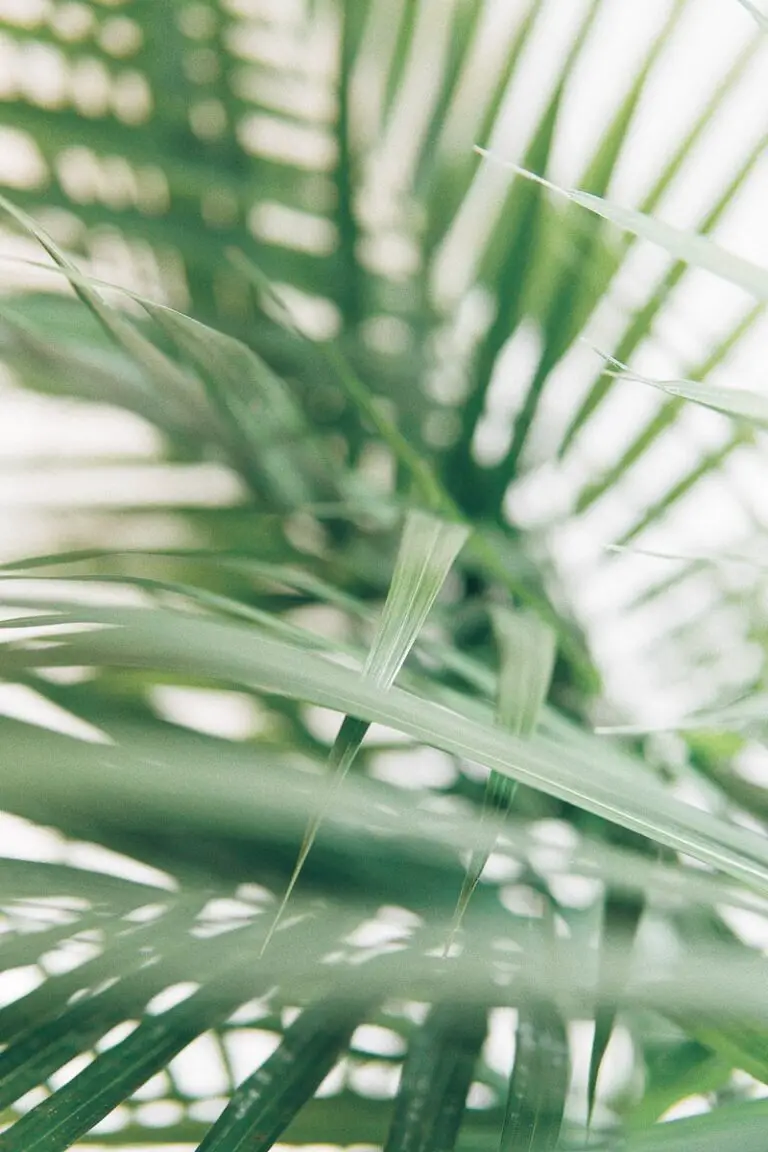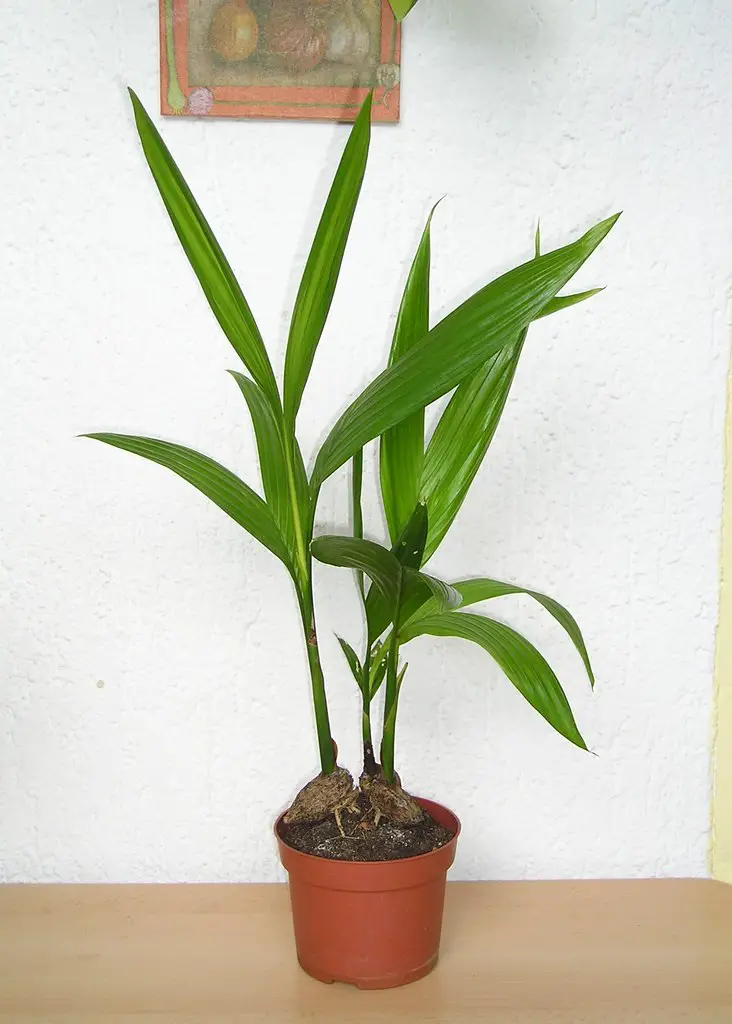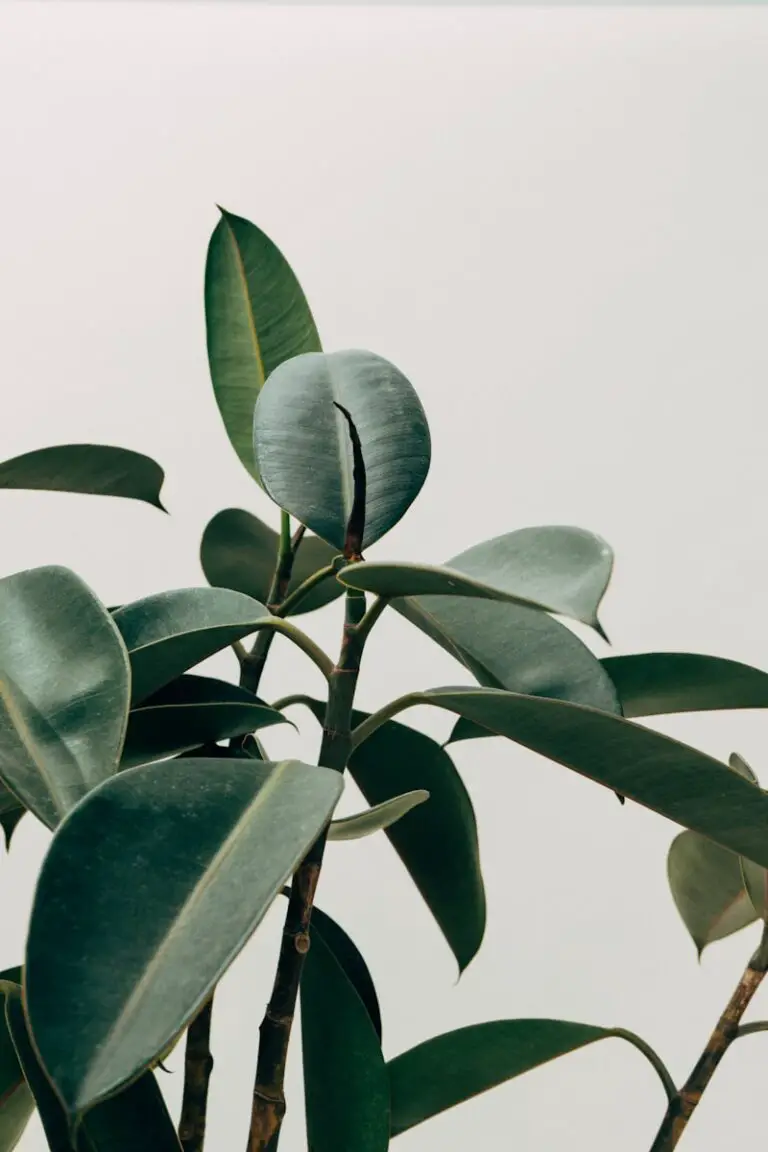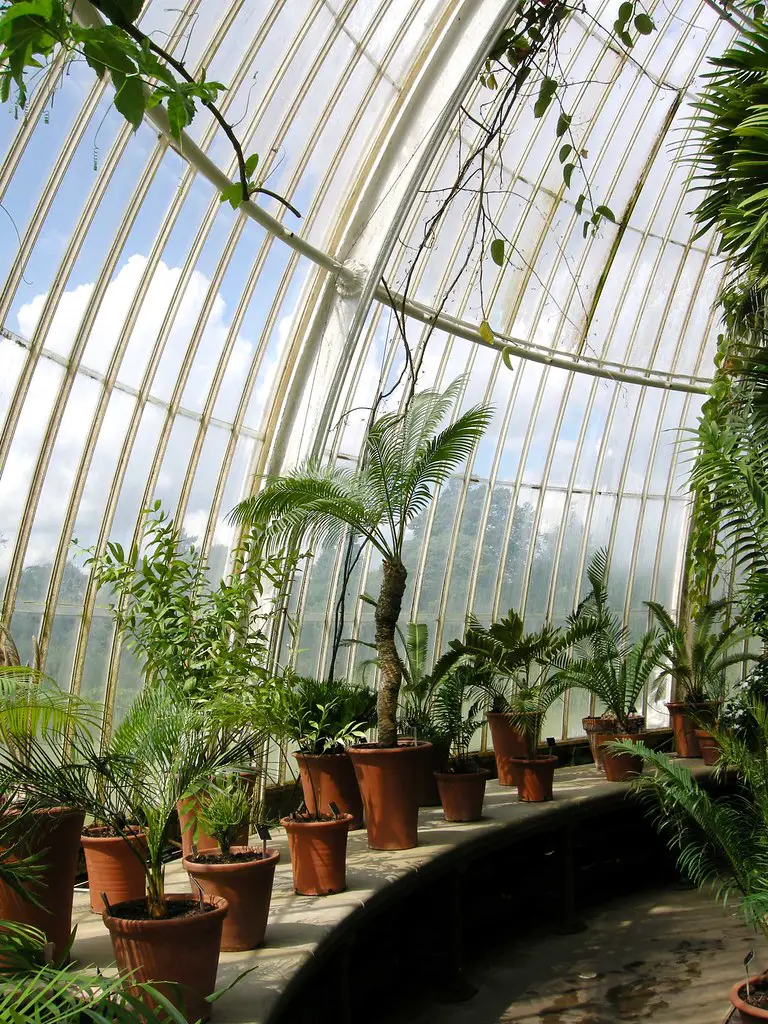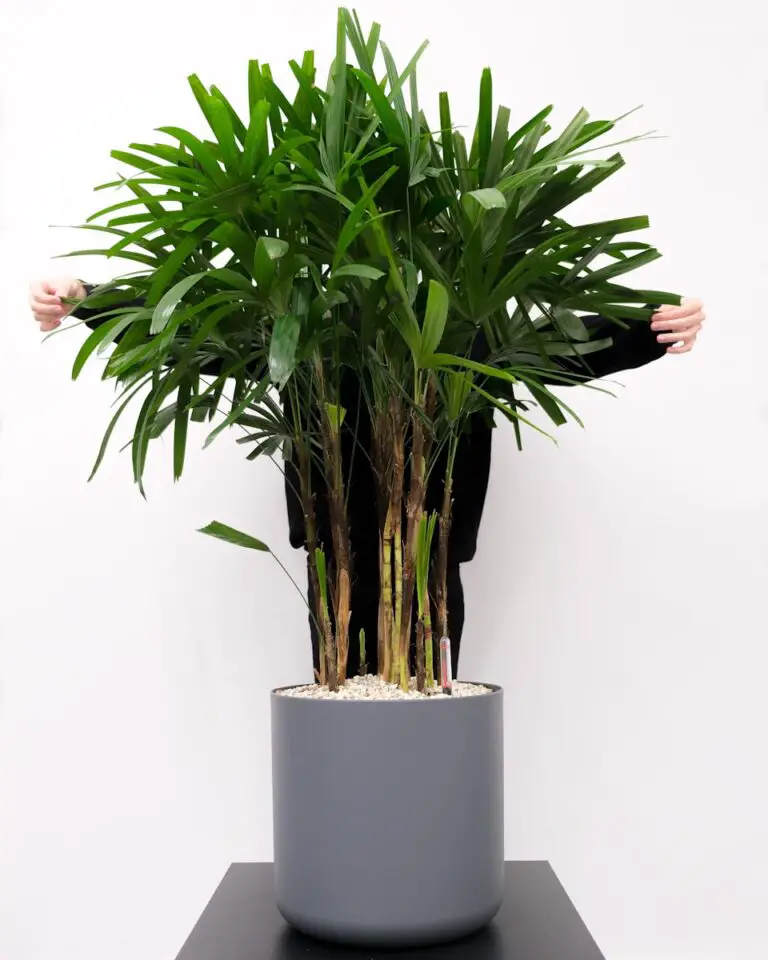Bamboo Palms: Indoor Propagation Techniques for Home Gardeners
The allure of indoor gardening lies in the ability to craft an oasis within the comfort of one’s home. Among the myriad of choices for houseplants, the Bamboo Palm stands out. With its slender canes and lush green foliage, it brings a tropical ambiance and air-purifying benefits that elevate indoor spaces. For gardeners who want to expand their indoor jungle, or those new to the indoor plant world, understanding the propagation methods of the Bamboo Palm is a fascinating next step in their green-thumb journey.
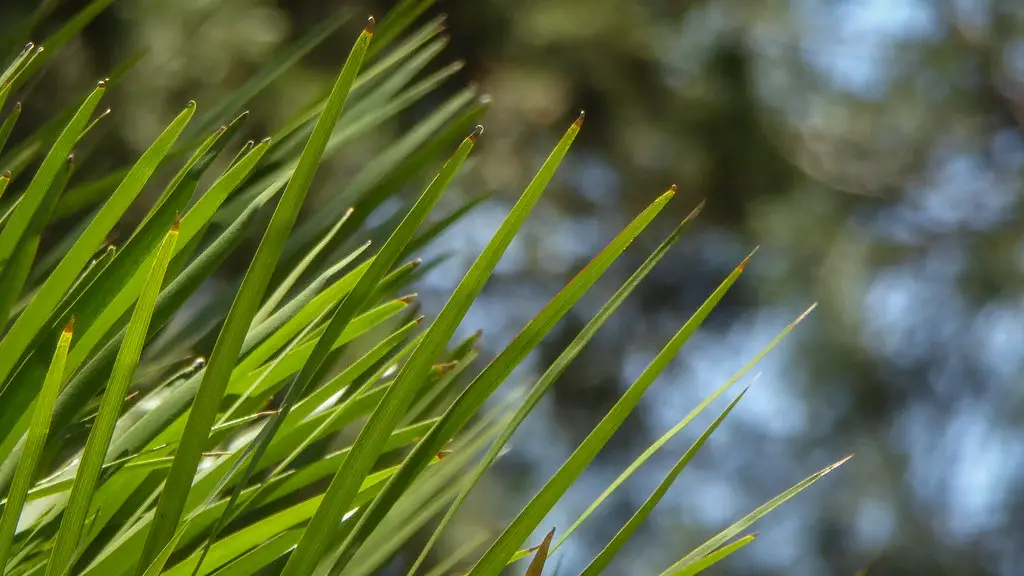
Understanding Indoor Bamboo Palms
Bamboo Palms, also known as Chamaedorea seifrizii, are a popular choice for indoor plants due to their ability to thrive in low light conditions and their formidable reputation as air purifiers. Their name comes from their resemblance to bamboo stems, although they are not actually related to the bamboo plant. These palms are native to the rainforests of Mexico and Guatemala, which indicates their favorable disposition to warm, humid climates.
Benefits of growing Bamboo Palms indoors are plentiful. Aside from the aesthetic appeal, they can improve indoor air quality by filtering out airborne toxins such as formaldehyde, benzene, and carbon monoxide. Additionally, they require minimal maintenance, making them a favorite among busy homeowners.
Propagation Techniques
To propagate Bamboo Palms indoors is to go beyond merely nurturing a plant; it is to take an active role in the growth of your indoor garden. There are three primary ways to propagate these gentle giants.
Division Method
The division method is one of the simplest ways to propagate Bamboo Palms and is often used for mature plants. It involves separating the root ball into smaller sections, each with their own leaves and a portion of the roots. To do this:
- Carefully remove the plant from its pot and shake off excess soil to expose the root system.
- Use a sharp, clean knife to cut through the roots, creating divisions with at least three to five canes per section.
- Depending on the size, repot each section in a suitable pot with fresh potting mix and water thoroughly.
Offsets or Pups Propagation
When the parent plant develops offshoots or ‘pups’ – smaller, satellite plants growing at the base of the main plant – they can be a perfect source for propagation. The offshoots can be removed once they are a third of the size of the parent plant and have a couple of separate stems.
- Gently pull away the pup from the parent root system, trying to keep the roots intact.
- Plant the pup in a pot filled with appropriate potting mix and water sufficiently.
- Keep in a warm, bright location, but out of direct sunlight.
Seed Propagation
While seed propagation is the slowest way to grow Bamboo Palms, it allows you to witness the entire lifecycle of the plant. It’s a method recommended for patient gardeners interested in the full propagation process.
- Source fresh seeds from a reputable supplier.
- Prepare planting trays or pots with a good seed-starting mix.
- Plant one or two seeds per pot, pressing them gently into the soil surface but not covering them as they need light to germinate.
- Water the soil well and cover the pots with clear plastic or a lid to maintain humidity.
- Place the pots in a warm location with indirect sunlight, and germination should occur within a few months.
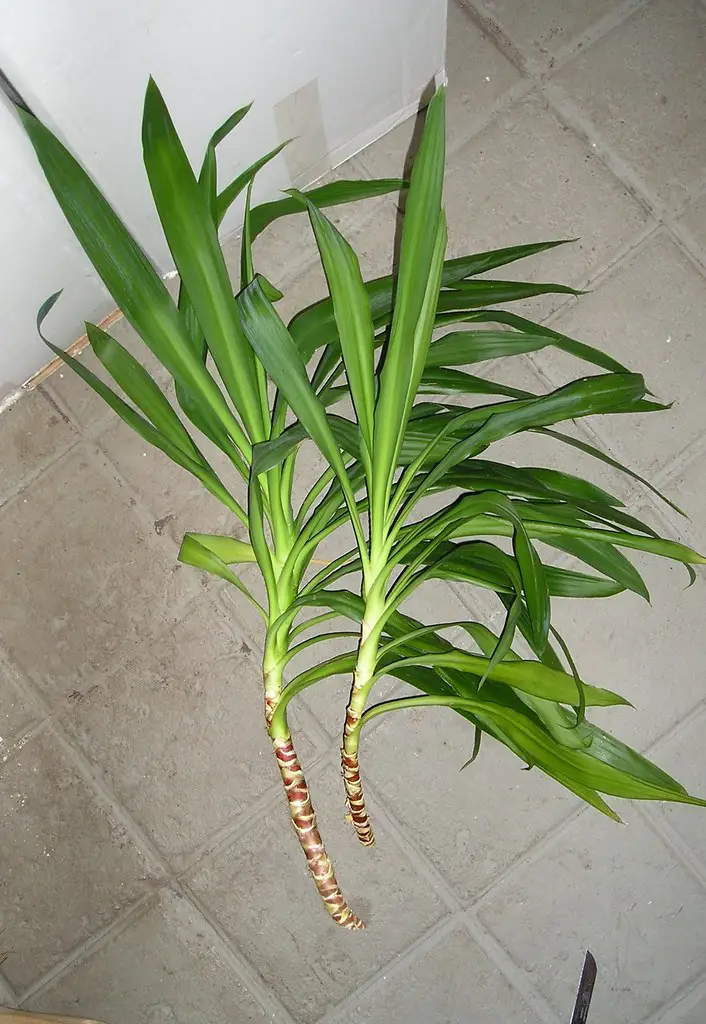
Optimal Growing Conditions
For successful Bamboo Palm propagation, providing the right growing conditions is crucial.
Light Requirements
Bamboo Palms prefer bright, indirect light and will be happy with dappled sunlight. It’s important to avoid direct sunlight, as this can scorch their delicate leaves. If natural light is insufficient, consider using grow lights to supplement their needs.
Watering and Humidity Needs
Moderate watering is key. The soil should be kept consistently moist but not waterlogged. Ensure the pot has drainage holes to prevent water from accumulating. Bamboo Palms also enjoy a humid environment. Misting the leaves or using a humidifier is beneficial, especially during the winter when indoor air tends to be drier.
Soil and Fertilizer Recommendations
Use a well-draining, peat-based potting mixture for your Bamboo Palm, and fertilize regularly with a balanced liquid fertilizer during the growing season. This will provide the essential nutrients needed for healthy growth.
Troubleshooting Common Issues
Encountering problems with any plant is part of the learning process. Here’s how to address a few common issues that may arise.
Overwatering
Yellowing or browning of the leaves can be a sign of overwatering. The best way to avoid this is to allow the top inch of soil to dry out between watering. Always err on the side of underwatering rather than overwatering, as Bamboo Palms are more tolerant of dry conditions than of wet feet.
Pests and Diseases
Keep an eye out for pests like spider mites, mealybugs, scales, and fungus gnats. Spider mites, in particular, can be a pest for indoor Bamboo Palms, causing stippling and webbing on the leaves. Neem oil or insecticidal soap can be effective treatments. Additionally, ensure good airflow around the plant to discourage pests and fungal issues.
Conclusion
Bamboo Palms not only enhance the visual appeal of indoor spaces but also contribute to a healthier living environment. Understanding and experimenting with the propagation techniques detailed above can be an immensely rewarding experience for any home gardener. Whether you’re a novice or a seasoned gardener, the ability to multiply your prized Bamboo Palms is a skill that can be honed and shared. With a bit of care and some patience, you can have a thriving collection of these beautiful plants in your indoor garden, adding a touch of tranquility and connection to nature within your home.

